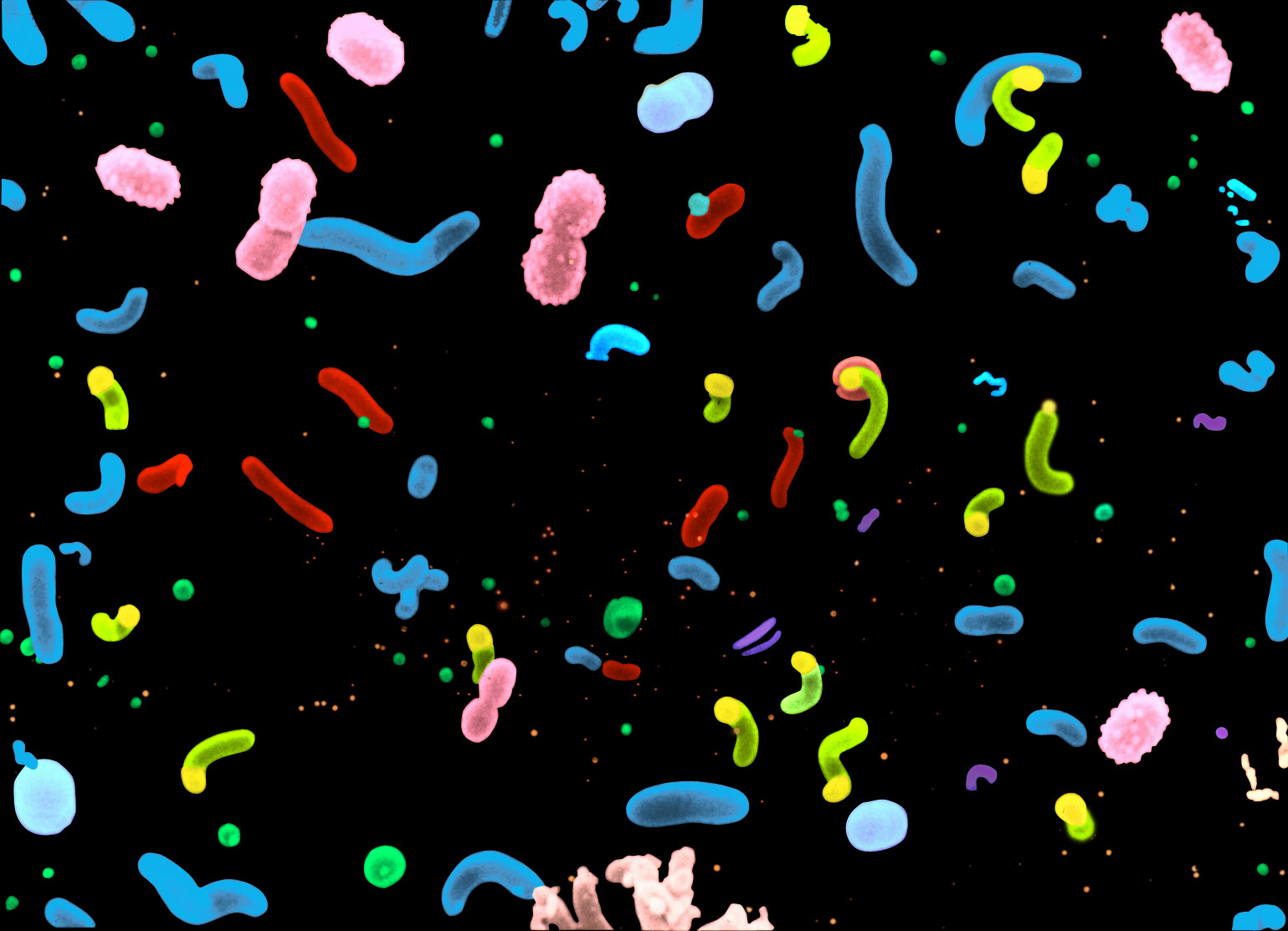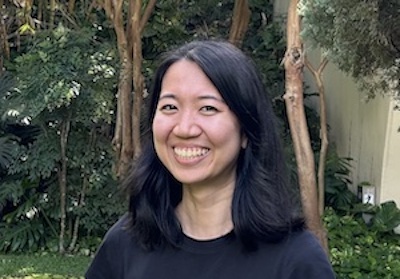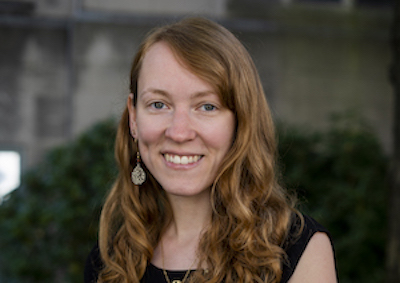Three National Microbiome Data Collective Ambassadors selected from UH
 Scanning electron micrograph of marine planktonic microbes that has been colorized for contrast. Courtesy of Ed DeLong and Dave Karl / SOEST.
Scanning electron micrograph of marine planktonic microbes that has been colorized for contrast. Courtesy of Ed DeLong and Dave Karl / SOEST.Two graduate students and a postdoctoral researcher with the University of Hawai‘i at Mānoa’s School of Ocean and Earth Science and Technology (SOEST) were selected to be National Microbiome Data Collective (NMDC) Ambassadors of 2024.
A highly competitive selection through the Department of Energy’s National Microbiome Data Collaborative program, the Ambassador Program utilizes a cohort-based learning approach to train and support early career researchers who are familiar with the challenges of discovering, accessing, or reusing microbiome data; are committed to working with the NMDC to make microbiome data findable, accessible, interoperable, reusable (FAIR); and are committed to inclusion, diversity, equity, and accountability.
Andrian Gajigan

Andrian (Adi) Gajigan, who is pursuing this doctoral degree in oceanography with advisor and professor Grieg Steward, is investigating the interactions and dynamics between phytoplankton and giant viruses in the ocean. To do this, Gajigan is developing and observing lab-based model systems as well as field investigations, specifically, the role of giant viruses in algal bloom demise and phytoplankton succession.
“I am deeply fascinated with microbes because of their often underappreciated importance,” Gajigan said. “The world would cease to exist if we were to remove microbes on the planet. They are the chemists and sentinels of Earth’s climate. They produce and regulate the important chemicals on the planet, oxygen, carbon dioxide, and nitrogen to name a few. They also form the base of the marine food web. They hold so many biological innovations that they perfected for millions of years.”
As a microbiology researcher, Gajigan has found it difficult to search and utilize microbiome-related data and metadata despite the availability of large datasets.
“This ambassador program also allows me to network with fellow researchers and share good practices, and potentially collaborate for future projects,” Gajigan said.
Kacie Kajihara

Kacie Kajihara recently graduated from UH Mānoa with a Master’s degree in botany with advisor Nicole Hynson, who is a professor in the Pacific Biosciences Research Center (PBRC) in SOEST. For her Master’s thesis research, Kajihara used a microbiome census from ridge to reef of the Waimea Valley watershed to better understand the building blocks of microbiome stability using co-occurrence networks of fungi and bacteria. She will soon start the Marine Biology Graduate Program to pursue a doctoral degree with Michael Rappé, professor at the Hawai‘i Institute of Marine Biology, where she will study the genomics and ecology of SAR86, a globally prevalent group of marine bacteria.
“It always fascinates me that the health and function of all life on Earth hinges on the activities of such tiny creatures, and that there is still so much to learn about them!” Kajihara said. “I am especially interested in how what we find in the lab and in our data can inform the preservation of ʻāina both here and elsewhere.”
“Through the Ambassador Program, I’ve been able to receive training on FAIR data and other data standards that put equitable science at the forefront, and I look forward to sharing this information with the UH community,” said Kajihara.
Nicola Kriefall

Nicola Kriefall is a postdoctoral researcher in PBRC co-advised by Matthew Medeiros and Hynson. Her research focuses on the roles that microorganisms play in shaping food webs, specifically looking at small pools of water where mosquitoes begin their life cycle. Specific microbes may be able to help or harm larger organisms in these types of aquatic food webs. Exploring these questions using the early life stages of mosquitoes holds additional potential for information to combat their disastrous ecosystem and human health impacts–especially in Hawai‘i, where they are invasive.
“It’s endlessly fascinating to me that single-celled microorganisms we can’t even see with the bare eye are able to take us down or prop us up,” Kriefall said. “For instance, they can be pathogenic and make us ill or reside in our gut and help us digest things we otherwise wouldn’t be able to.”
“I’m glad I get to work with Kacie and Adi and our local microbiome-interested community through the help of the NMDC program,” said Kriefall. “I’m looking forward to meeting new people at the upcoming events and continuing work with the people I’ve already met.”
Read also on UH News.


